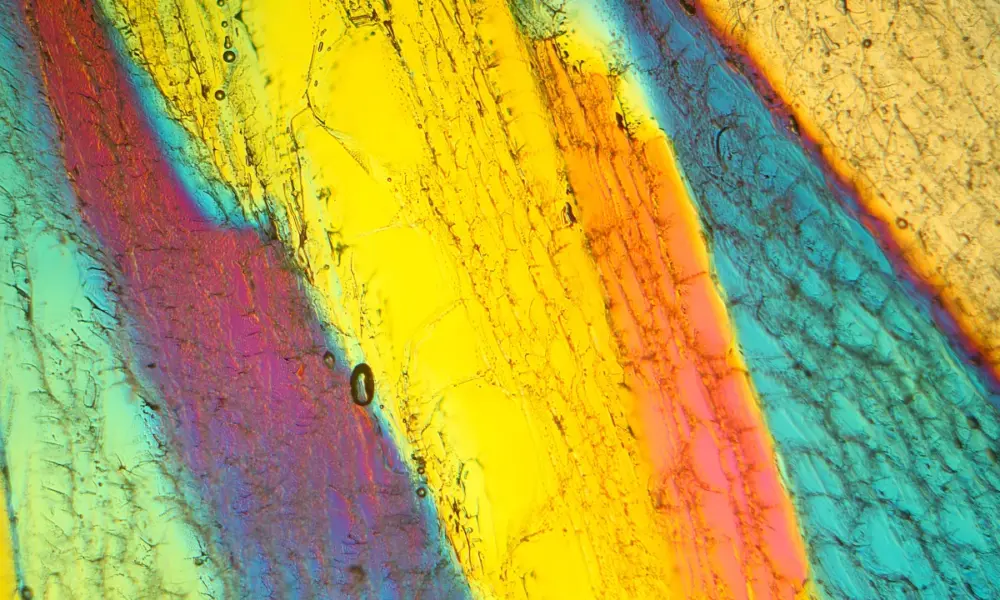Researchers have introduced a groundbreaking form of ice, designated as ice XXI, formed at ambient temperatures under high pressure. This discovery, made by scientists at the Korea Research Institute of Standards and Science (KRISS), marks a significant advancement in our understanding of ice and its various structures. Ice, typically thought of as a simple solid, can exist in over 20 different forms, each with a distinct atomic arrangement.
The team observed the behavior of super-compressed water using a combination of diamond anvil cells and X-ray lasers. In a surprising twist, instead of freezing in a single step, the water underwent multiple freeze–melt cycles within the pressure range where ice VI typically appears. This led to the formation of ice XXI, which has a unique atomic structure that sets it apart from the previously known ice types.
Understanding Ice XXI and Its Properties
Ice XXI emerges under pressure conditions of approximately 1.6 gigapascals and exhibits a body-centered tetragonal crystal structure. What distinguishes this new form is its metastability; it can persist in an unstable state, offering insight into how ice might form under extreme conditions found on icy planets or within Earth’s mantle.
Geun Woo Lee, a scientist at KRISS, emphasized the significance of their findings, stating, “Rapid compression of water allows it to remain liquid up to higher pressures, where it should have already crystallized to ice VI.” This new understanding could enhance our knowledge of icy environments, both on Earth and beyond.
The research utilized high-speed cameras and laser-based sensors to monitor the transformations of water as it transitioned into ice. By adjusting the pressure rhythm during experiments, the team captured detailed snapshots of the freezing process, leading to the identification of ice XXI. The study also incorporated two molecular dynamics models—SPCfw45 and TIP4P/Ice46—to simulate how water behaves under varying pressures.
Implications for Science and Exploration
The implications of this discovery extend beyond theoretical research. The findings suggest a potential for more high-temperature metastable ice phases and their associated pathways. Rachel Husband, another member of the research team, noted that these results could provide new insights into the composition of icy moons and other celestial bodies.
The study has been published in Nature Materials, highlighting the innovative techniques employed by the researchers. By harnessing advanced X-ray technology from the European XFEL, the scientists were able to reveal multiple crystallization pathways for water, challenging the conventional understanding of how ice forms.
This research not only deepens our understanding of water and ice but also opens new avenues for exploring the conditions that might support life beyond Earth. As scientists continue to investigate the complexities of ice, discoveries like ice XXI illuminate the intricate behaviors of water under extreme conditions, reinforcing its status as a molecule of great significance in both earthly and extraterrestrial environments.







